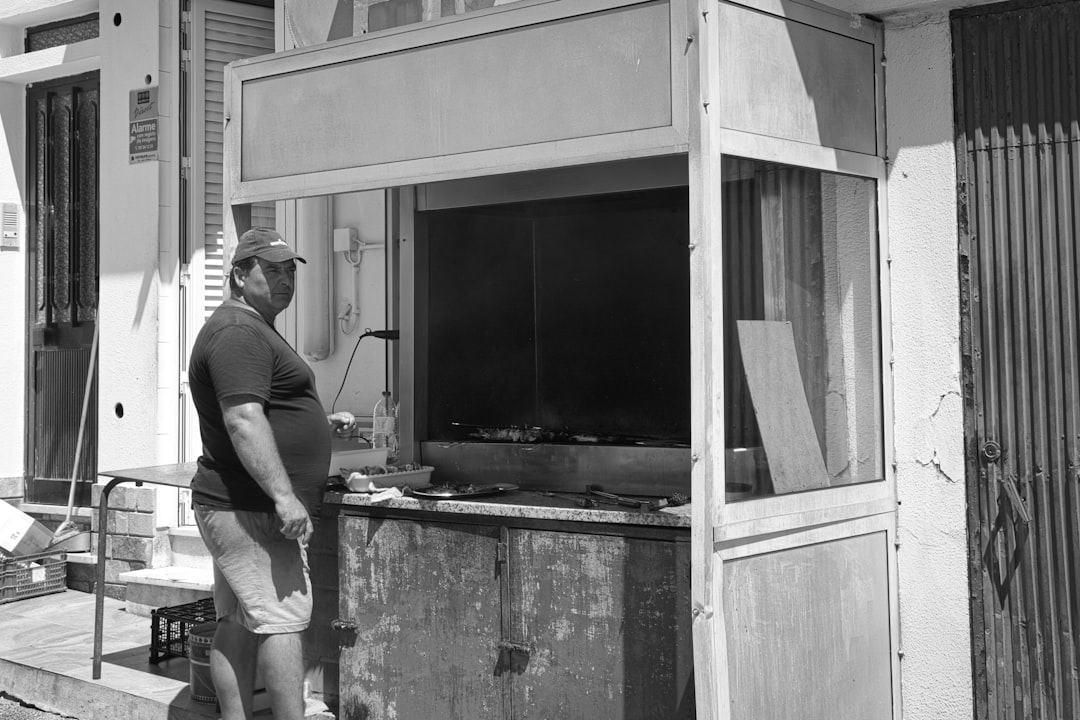
Few upgrades impact comfort, safety, and resale value like a properly sized kitchen hood. For Albany homeowners, the combination of older housing stock, cold winters, and ever-popular open-concept remodels means poor ventilation can linger long after dinner ends. CountBricks delivers a faster, smarter way to specify, price, and install your Albany kitchen hood—without guessing at labor rates or material mark-ups.
• Eliminates moisture that can lead to ice-dam aggravating attic condensation
• Captures grease particles before they settle into historic trim work
• Removes combustion by-products from gas ranges, protecting indoor air when windows stay shut in winter
• Meets local building code exhaust requirements, helping you pass final inspection the first time
• Under-cabinet hood: Ideal for retrofit projects where cabinetry is already in place
• Wall-mount chimney hood: A statement piece that fits well with Albany’s brick row houses
• Island hood: Perfect for open kitchens common in modern Clifton Park remodels
• Insert/liner: Lets you preserve custom millwork in historic Center Square properties
Albany County follows the New York State Residential Code, which sets the minimum airflow at 100 CFM intermittent or 25 CFM continuous. Ducts must discharge outdoors, not into an attic or soffit. CountBricks keeps these requirements built into our estimating engine, so every materials list includes the correct duct diameter, roof or wall cap, and back-draft damper.
1. Speak naturally into the CountBricks mobile app while standing in your kitchen
2. Our AI identifies room dimensions, appliance fuel type, and current duct path
3. Live material pricing from Albany-area suppliers populates your estimate in seconds
4. Labor hours are calculated using regional wage data and CountBricks’ productivity tables
5. A branded PDF quote with optional upgrades—make-up air kit, LED task lighting, custom hood shell—is ready to send or sign on the spot
• Under-cabinet replacement: $700-$1,200 installed
• Wall-mount chimney with new duct run: $1,800-$3,200 installed
• Island hood with structural blocking and roof penetration: $3,500-$5,500 installed
Every number above was generated inside CountBricks and updates daily as material costs shift.
1. Site verification and laser measurement: 30 minutes
2. Material delivery coordinated through CountBricks logistics: 1 day lead time
3. Rough ducting and electrical: 3-5 hours
4. Hood mounting, sealing, and final airflow test: 2-3 hours
5. Digital close-out package—including photos, permits, and warranty—delivered automatically to your email
• Choose a hood rated 100 CFM higher than the stove’s BTU output divided by 100
• Keep duct runs under 35 feet equivalent length to maintain code-required airflow
• Upgrade to rigid metal ducting; flexible foil types lose up to 30% efficiency
• Add acoustic insulation around the fan housing for quiet nighttime operation
• Bundle hood work with other kitchen upgrades—our AI can build a single, multi-trade estimate in one conversation
Do I need a permit? Yes, Albany typically requires a mechanical permit for new duct runs. CountBricks files it digitally for you.
Can I vent through the soffit? Local code mandates venting outdoors, but soffit vents are discouraged because attic air can recirculate. A roof or wall cap is best.
How loud will it be? Modern hoods average 50-60 dB on normal speed. CountBricks specifies sone ratings to help you compare models.
Ready to breathe cleaner air and raise your home’s value? Visit CountBricks.com/services or book a free voice consultation directly in the app. In less time than it takes to preheat the oven, you’ll have a detailed Albany kitchen hood estimate—materials, labor, and timeline locked in.

When the Harris family bought a 1926 bungalow in Albany’s Pine Hills neighborhood, the kitchen still relied on an aging downdraft vent that barely moved 90 CFM. Cooking smells clung to plaster walls, and winter humidity condensed on single-pane windows. They turned to CountBricks for a solution.
• Goal: Install a wall-mount chimney hood capable of 450 CFM without disturbing original cabinetry
• Challenges: Brick exterior wall, limited attic access, strict historic district guidelines
• Timeline: Three on-site workdays, end-to-end project duration seven days
1. During a five-minute voice call, the Harris family walked our estimator through room dimensions and stove specs. CountBricks AI generated a detailed scope, selecting a low-profile stainless chimney hood that cleared preservation rules.
2. Live pricing pulled 26-gauge rigid duct, masonry core drill rental, and color-matched roof flashing—all sourced from preferred Albany suppliers.
3. The homeowners received a fixed-price quote of $2,650, including permit fees and a post-installation airflow balance test.
4. Our crew used infrared imaging to locate joists, keeping structural cuts to a single 6-inch core. Noise readings after install averaged 54 dB on medium speed—30% quieter than their old downdraft.
• Immediate removal of cooking odors and 15% reduction in indoor humidity during winter
• Passed city inspection on the first visit, thanks to CountBricks-managed permits
• Digital close-out package uploaded to CountBricks.com/portfolio, providing resale documentation for future buyers
• Even historic homes can gain modern ventilation without sacrificing character
• CountBricks AI speeds decisions and locks prices before labor or material markets shift
• End-to-end documentation simplifies insurance, warranty claims, and eventual home sale disclosures
Considering your own Albany kitchen hood upgrade? Start with a free voice walk-through and see your custom estimate populate in real time. Visit CountBricks.com/consultation to book now.